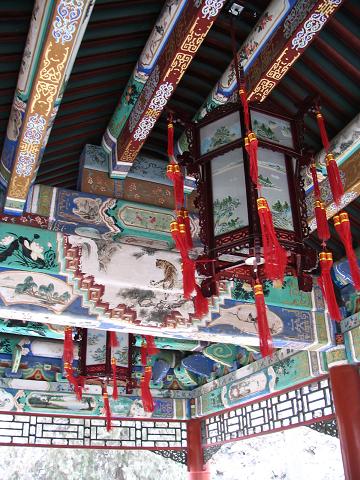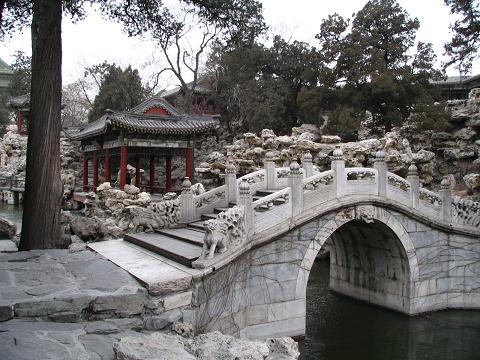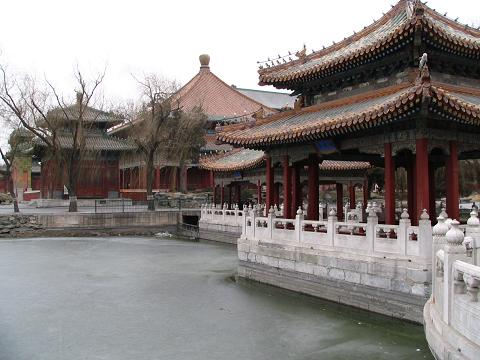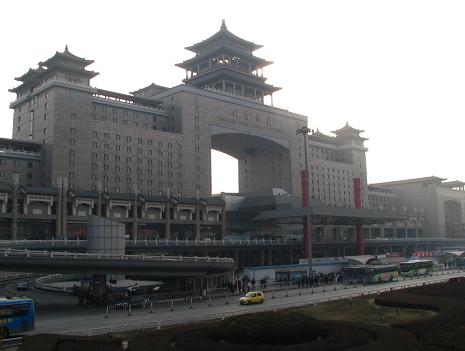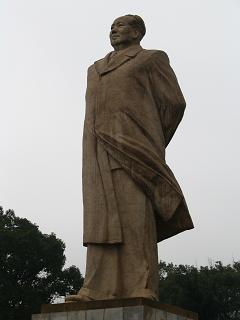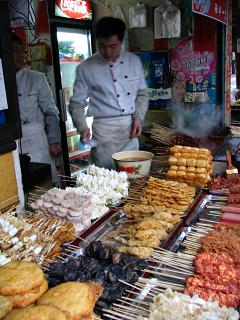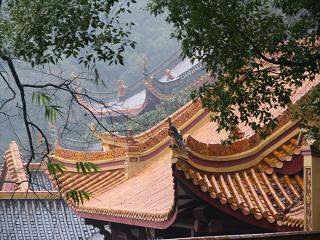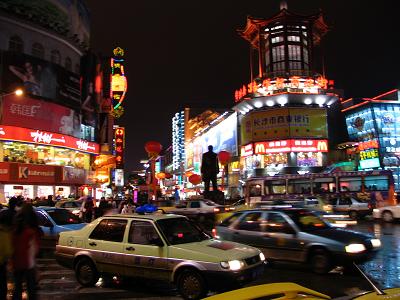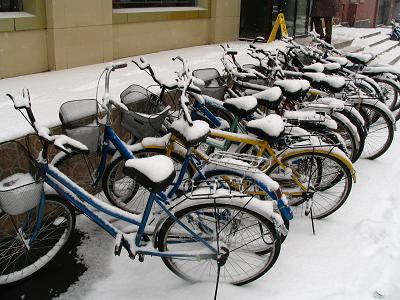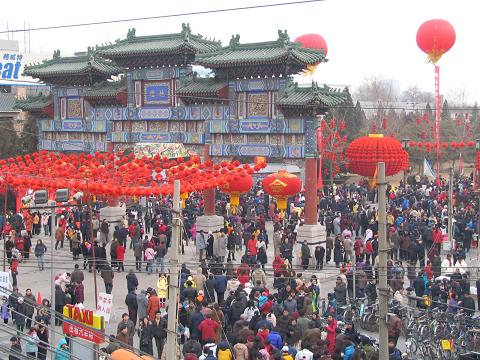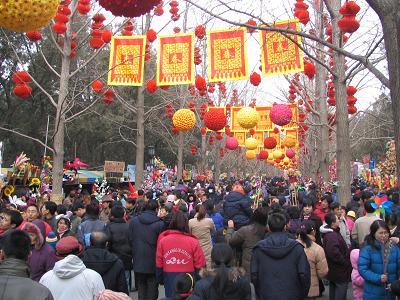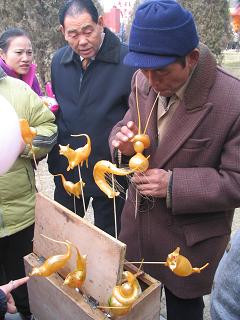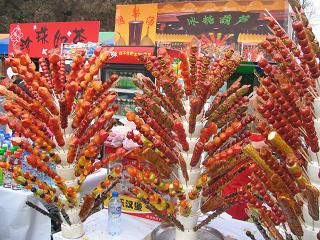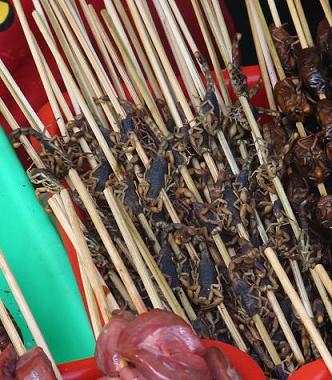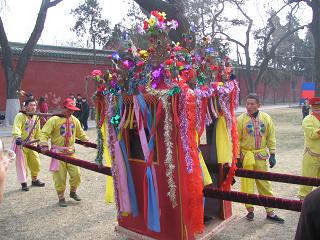The Great Wall of China at Simatai
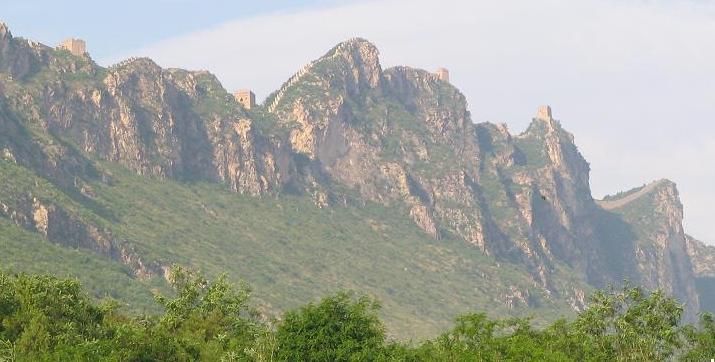
I went to Simatai section of the Great Wall, about 70 miles north of Beijing, last weekend. It was really spectacular. Much better than the section at Badaling that I went to before. First, the Wall was the actual wall, rather than the 1960’s rebuilt version designed for tourists at Badaling. Second, because the location is remote, there were less other people and tourists. I was particularly struck by how the Wall was built on the very peaks of the mountains and towers every 50 or 100 yards apart. I climbed to the twelfth tower and farthest point allowed and had a spectacular view.
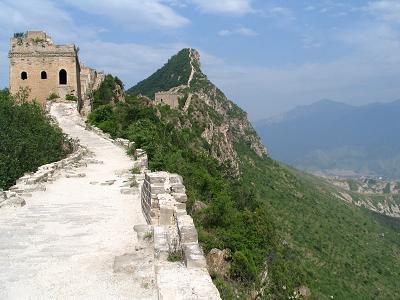 It boggles the mind how much human effort had to go into building the wall over peaks and mountains spanning across China. The designers really seemed to pick the most difficult areas to build the wall probably to make it that much harder for the Mongol hoards in the north to pass.
It boggles the mind how much human effort had to go into building the wall over peaks and mountains spanning across China. The designers really seemed to pick the most difficult areas to build the wall probably to make it that much harder for the Mongol hoards in the north to pass.I asked how the Mongols eventually got through and I should have guessed the answer: bribery of guards and officials.
One of the best things about the trip was just getting out of Beijing. The air quality, green trees and mountains were a much needed change of scenery.I could also see how people live in the suburbs and countryside. They don't use big trucks and tractors to do construction or farming out in the country. They are work crews of 20+ guys with shovels, hoes, and carts. People sell fruits on the side of the road. Hotel managers sit on the side of road and wave and call at passing cars. A herd of cows crosses the road. An old couple sit by their tent (maybe a home?) near their honey bee boxes. I think of the midwest in America. How things are different here.
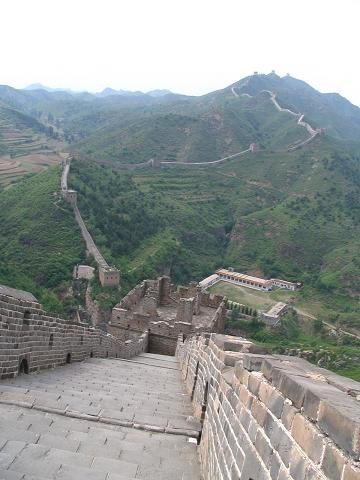 I watched World Cup matches for the first time. I saw the American team get beat by the Czech Republic 3 – 0 in their first match. Despite being beat I was proud of the American team for a few reasons. I liked to see the variety of ethnicities on the American team. White, Black, Latino, Asians players were all on the team. Compared with the all white Czech team, you could really see how America is a melting pot.
I watched World Cup matches for the first time. I saw the American team get beat by the Czech Republic 3 – 0 in their first match. Despite being beat I was proud of the American team for a few reasons. I liked to see the variety of ethnicities on the American team. White, Black, Latino, Asians players were all on the team. Compared with the all white Czech team, you could really see how America is a melting pot.Another good point about the Americans was that they were not "fallers", meaning they didn’t fall and act hurt in order to get a call by the refs like I have seen other teams do. The American team had flashes of brilliance and decent technique and strategy. However, they were not able to control the ball nor as sharp, fast and decisive in their attack as other teams I have seen.
At my language school, where all the students are from different countries, I am reminded daily that football, or soccer as I know it, is the world’s most popular sport. Even a girl from Ghana, Africa, which the American team plays next, asked me if I was watching the games.
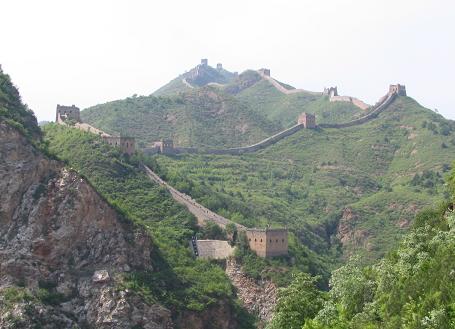 I am regularly asked why Americans do not watch soccer. My best guess is that soccer does not get as much TV and media time as baseball, American football, and basketball. It has not caught on yet and there may not be enough scoring.
I am regularly asked why Americans do not watch soccer. My best guess is that soccer does not get as much TV and media time as baseball, American football, and basketball. It has not caught on yet and there may not be enough scoring.As I said before I feel certain that I will not be going to Renmin University for another semester. I believe I can improve faster and use my time more efficiently by studying on my own for awhile. I want to check the job market now. I want to find a job where I can use Chinese. I think this would improve my Chinese and develop into a real business tool for me in the future. If I can not find anything then I probably will go back to school.


